Are you ready for a taste sensation that will transport your senses straight to Italy? Look no further than Penne Arrabiata – a pasta dish known for its fiery red sauce and vibrant flavors. But what if we told you there’s an art to choosing the perfect wine companion for this tantalizing creation? From taming the spiciness with a velvety red blend to contrasting it with a zesty white varietal, discover how selecting the right bottle of wine can take your Penne Arrabiata experience from good to unforgettable.
The Perfect Pairing: Penne Arrabiata and Wine
When it comes to the perfect pairing of food and wine, few combinations can rival the harmonious marriage of Penne Arrabiata and a glass of red wine. This classic Italian dish, known for its fiery tomato sauce infused with garlic, chili flakes, and fresh herbs, calls for a wine that can match its bold flavors. Enter: a medium to full-bodied red wine like Chianti or Sangiovese. The vibrant acidity and fruit-forward nature of these wines not only cut through the intensity of the Arrabiata sauce but also complement its spiciness, creating a delightful contrast on the palate.

The heat from the chili flakes in Penne Arrabiata can be tamed by the right choice of wine. Opting for a red with soft tannins helps to balance out the spice without overpowering it. A well-aged Barbera d’Alba or even a Syrah would work wonders in this regard. These wines not only provide structure to counterbalance the zesty kick but also offer their own complex flavors that enhance each bite of pasta.
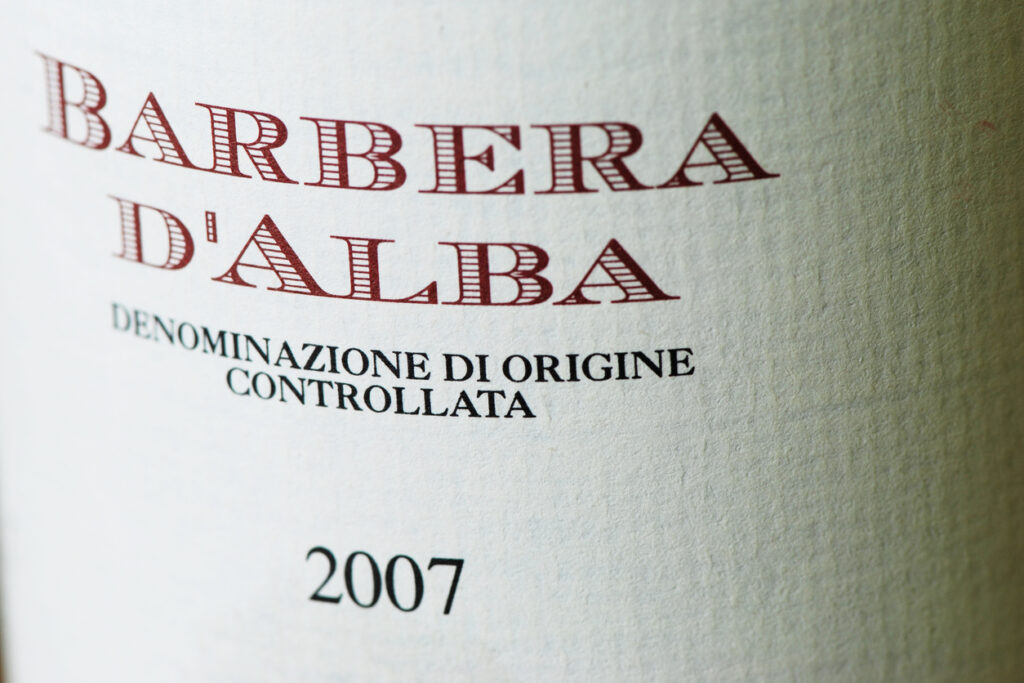
When seeking perfection in culinary pairings, look no further than Penne Arrabiata and red wines like Chianti or Sangiovese. These two powerhouses transform into an irresistible duo when brought together on your plate and in your glass. So why wait? Pour yourself a generous glass of red and savor every bite of this spicy Italian delight – pure bliss awaits!
Understanding the Flavors of Penne Arrabiata
Penne Arrabiata, a classic Italian pasta dish, is known for its fiery flavors and vibrant red sauce. The name Arrabiata translates to angry, and it perfectly captures the intense spiciness of this dish. The flavors of Penne Arrabiata come from a combination of ingredients such as tomatoes, garlic, chili peppers, and herbs. What sets this dish apart is the heat that comes from the chili peppers – they add a bold kick that can awaken your taste buds in an instant.

One of the interesting aspects of Penne Arrabiata is how the heat from the chili peppers interacts with other flavors in the dish. The spiciness cuts through the acidity of tomatoes and creates a beautiful balance. It adds depth to each bite without overpowering other ingredients like garlic or basil. If you’re someone who appreciates flavors that awaken your senses and challenge your palate, Penne Arrabiata might just be your go-to pasta choice.

One can also appreciate how versatile Penne Arrabiata can be based on personal preferences. While traditionally made with penne pasta, it can also pair well with other shapes like rigatoni or fusilli if you prefer more sauce on each piece or enjoy different textures. Similarly, you have control over how spicy you want it to be by adjusting the amount of chili peppers used. Whether you like just a hint of heat or prefer it to leave you gasping for breath (in a good way!), there’s room for customization
Differences between Penne Arrabiata and Diavola
Penne Arrabiata and Diavola are two popular pasta dishes that are known for their spicy flavors. While both dishes originate from Italian cuisine, there are some notable differences between them.
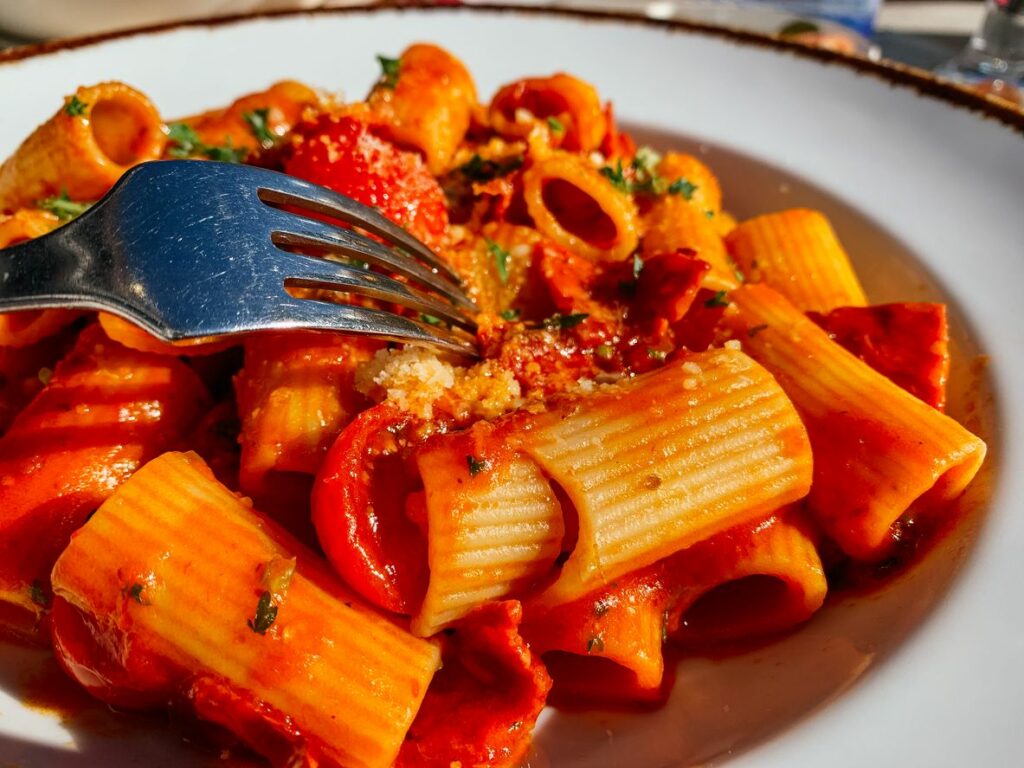
The main difference lies in the ingredients used to prepare these dishes. Penne Arrabiata is made with penne pasta, a tomato-based sauce, garlic, chili flakes, and fresh parsley. On the other hand, Diavola is made with spaghetti or linguine noodles and typically includes a spicy tomato sauce infused with red pepper flakes or hot chili paste and topped with a variety of ingredients such as sausage or anchovies.

Another contrast between these two dishes can be perceived in their flavor profiles. Penne Arrabiata tends to have a spicier yet well-balanced taste due to the combination of fiery chili flakes and tangy tomato sauce. The addition of garlic adds depth to the overall flavor profile. In contrast, Diavola offers a more complex heat by incorporating various spicy elements like red pepper flakes or hot chili paste along with the additional kick from toppings such as cured sausage or anchovies.
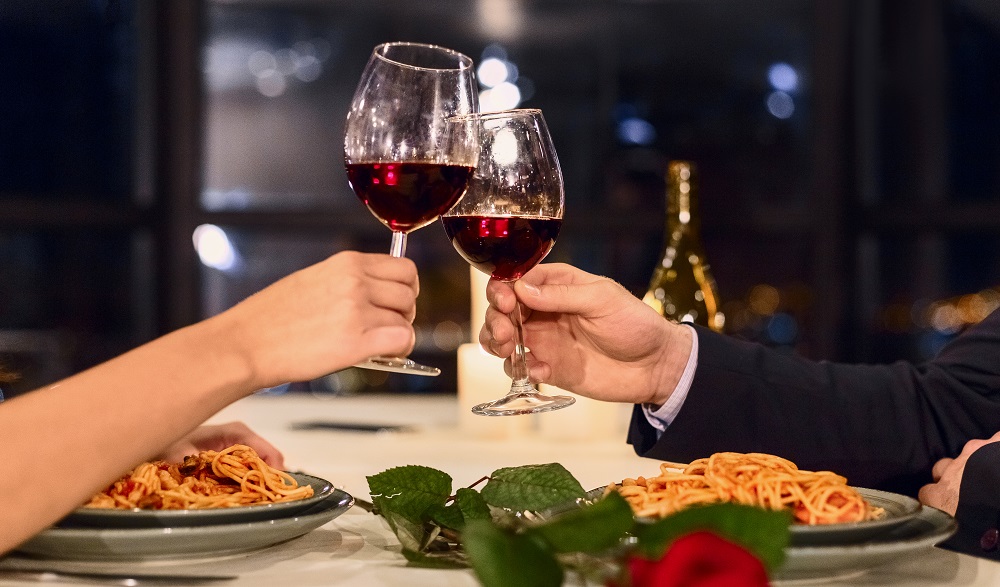
In summary,the differences between Penne Arrabiata and Diavola mainly lie in their choice of pasta shape, ingredients used in the sauces, and overall flavor profiles. Whether you prefer the simplicity of Penne Arrabiata’s spice-infused tomato sauce or crave the multi-dimensional heat of Diavola’s fiery combination of flavors is a matter of personal preference.
Choosing the Right Wine for Spicy Pasta
When it comes to pairing wine with spicy pasta dishes, finding the right balance is key. While you might be tempted to reach for a bold red wine to complement the heat, consider trying a crisp and refreshing white instead. A Sauvignon Blanc or a Riesling can add a nice contrast to the spice, cutting through the richness of the pasta and providing a cooling effect on your palate.

If you prefer red wines, look for lighter options like Gamay or Pinot Noir. These varietals have enough acidity and fruitiness to stand up to the spiciness without overpowering it. Additionally, their lower tannin levels won’t clash with the flavors of chili or peppers commonly found in spicy pasta sauces.
One often overlooked option for pairing with spicy pasta is sparkling wine. The effervescence can help cleanse your palate between bites and provide relief from the heat. Look for Brut or Extra Brut styles that are dry rather than sweet, as they will better complement the dish without adding additional sweetness.

Overall, choosing the right wine for spicy pasta is about balancing flavors and finding complementary elements. Whether you opt for a crisp white like Sauvignon Blanc, a lighter red such as Gamay, or even go down the unexpected route of sparkling wine, experimenting with different pairings will allow you to uncover new dimensions in both your food and drink experiences.
Red Wine Recommendations for Penne Arrabiata
Pairing the right wine with a spicy and flavorful dish like Penne Arrabiata can be a delightful experience for your taste buds. When it comes to selecting a red wine that complements this classic Italian pasta dish, you’ll want to consider finding one that balances the heat of the dish while enhancing its robust flavors. One excellent choice is a medium-bodied Chianti Classico, which offers bold cherry and plum notes that harmonize with the tangy tomato sauce in Penne Arrabiata. The acidity of the Chianti cuts through the spice and provides a refreshing contrast, making each bite more enjoyable.

For those who prefer a slightly smoother option, look no further than a Barbera d’Asti. This red wine from Piedmont boasts an inviting fruity profile with hints of blackberry and raspberry. Its moderate tannins complement the richness of Penne Arrabiata while ensuring that neither the food nor drink overpowers each other. The vibrant acidity helps cleanse your palate between each mouthful, allowing you to fully appreciate both the zesty pasta and nuanced flavors of this Italian varietal.

To step outside traditional pairings, try exploring lesser-known red wines like Nerello Mascalese or Aglianico if you want to elevate your Penne Arrabiata experience further. These wines offer unique characteristics such as earthy undertones or hints of dark chocolate that can add depth to your meal without overpowering it. So next time you find yourself craving this delicious spicy pasta dish, don
White Wine Recommendations for Penne Arrabiata
If you’re trying to find the perfect wine pairing for your delicious and spicy Penne Arrabiata, white wine might not be the first thing that comes to mind. Typically, red wines are often recommended to complement the bold flavors of this traditional Italian dish. However, don’t overlook the potential delights that a well-chosen white wine can offer.

One fantastic option is a crisp and dry Sauvignon Blanc. Its bright acidity cuts through the richness of the tomato-based sauce, while its herbaceous notes beautifully complement the spiciness of Arrabiata. Another excellent choice is an unoaked Chardonnay with its fresh fruit flavors and subtle hints of vanilla. The buttery texture provides a luxurious contrast to both the heat and tanginess of Penne Arrabiata.
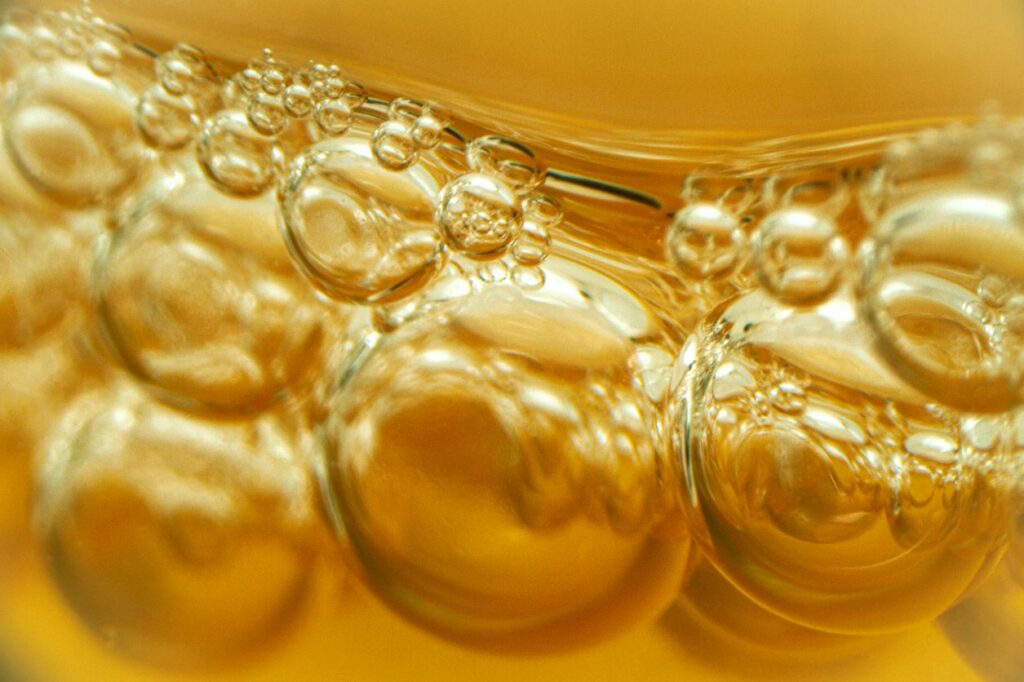
While red wines are often thought as go-to companions for pasta dishes like Penne Arrabiata, white wines shouldn’t be forgotten! Next time you whip up this spicy delight, consider inviting a chilled bottle of Sauvignon Blanc or unoaked Chardonnay along for an unexpected yet delightful tasting experience. Cheers!
Other Wine Options to Explore
When it comes to pairing wine with penne arrabiata, most people automatically think of a bold and robust red like Chianti or Sangiovese. While these options certainly complement the spicy tomato sauce well, there are other wines that can enhance the flavors in unique and unexpected ways.
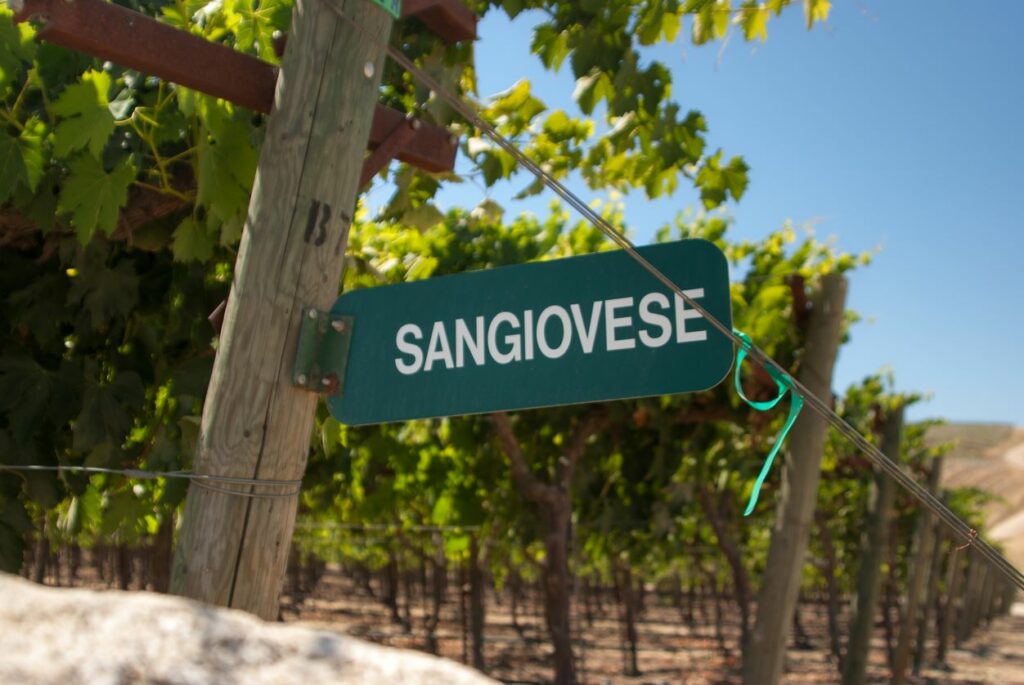
One alternative worth exploring is a dry rosé. This refreshing and versatile wine offers a delightful contrast to the heat of the arrabiata sauce. Its acidity helps cut through the richness of the dish, while its fruitiness adds a touch of sweetness that balances out the spiciness. Look for a rosé made from Sangiovese or Montepulciano grapes for an Italian twist on this classic pairing.

For those who prefer white wine, consider trying a Vermentino or Trebbiano. These crisp and citrusy wines provide a refreshing counterpoint to the heat of penne arrabiata. They bring out the herbal notes in the sauce and their zesty acidity complements the spiciness without overwhelming it. A chilled glass of Vermentino or Trebbiano can be incredibly satisfying alongside each bite of flavorful pasta coated in fiery red sauce.

Exploring different wine options can open up a whole new world of flavors and sensations when enjoying your favorite dishes like penne arrabiata. Don’t be afraid to step outside your comfort zone and experiment with different pairings – you just might discover an exciting combination that brings your meal to new heights.
Our recipe for Penne Arrabiatta:
Ingredients
– 8 ounces penne pasta
– 1 tablespoon olive oil
– 3 cloves garlic, minced
– 1/2 teaspoon red pepper flakes
– 1 can (14.5 ounces) diced tomatoes
– Salt and pepper to taste
– Fresh basil leaves, for garnish

Instructions:
1. Cook the penne pasta according to package instructions. Drain and set aside.
2. Heat olive oil in a large skillet over medium heat.
3. Add minced garlic and red pepper flakes to the skillet, sauté for about 1 minute until fragrant.
4. Pour in the diced tomatoes with their juices, season with salt and pepper.
5. Simmer the sauce for about 10 minutes, stirring occasionally.
6. Add cooked penne pasta to the skillet, toss well to coat with the sauce.
7. Serve hot, garnished with fresh basil leaves if desired. Enjoy!
Conclusion:
When pairing wine with Penne Arrabiata, it is important to consider the bold and spicy flavors of the dish. The best wine to complement this fiery pasta dish is a medium-bodied red wine with high acidity, such as a Chianti or Barbera. These wines will not only stand up to the intense flavors of the tomato sauce and chili peppers but also enhance them. The fruity and earthy notes of these wines will provide a perfect balance to the spiciness of the Arrabiata sauce. So next time you prepare Penne Arrabiata, don’t forget to choose a bottle of Chianti or Barbera to truly elevate your dining experience.

